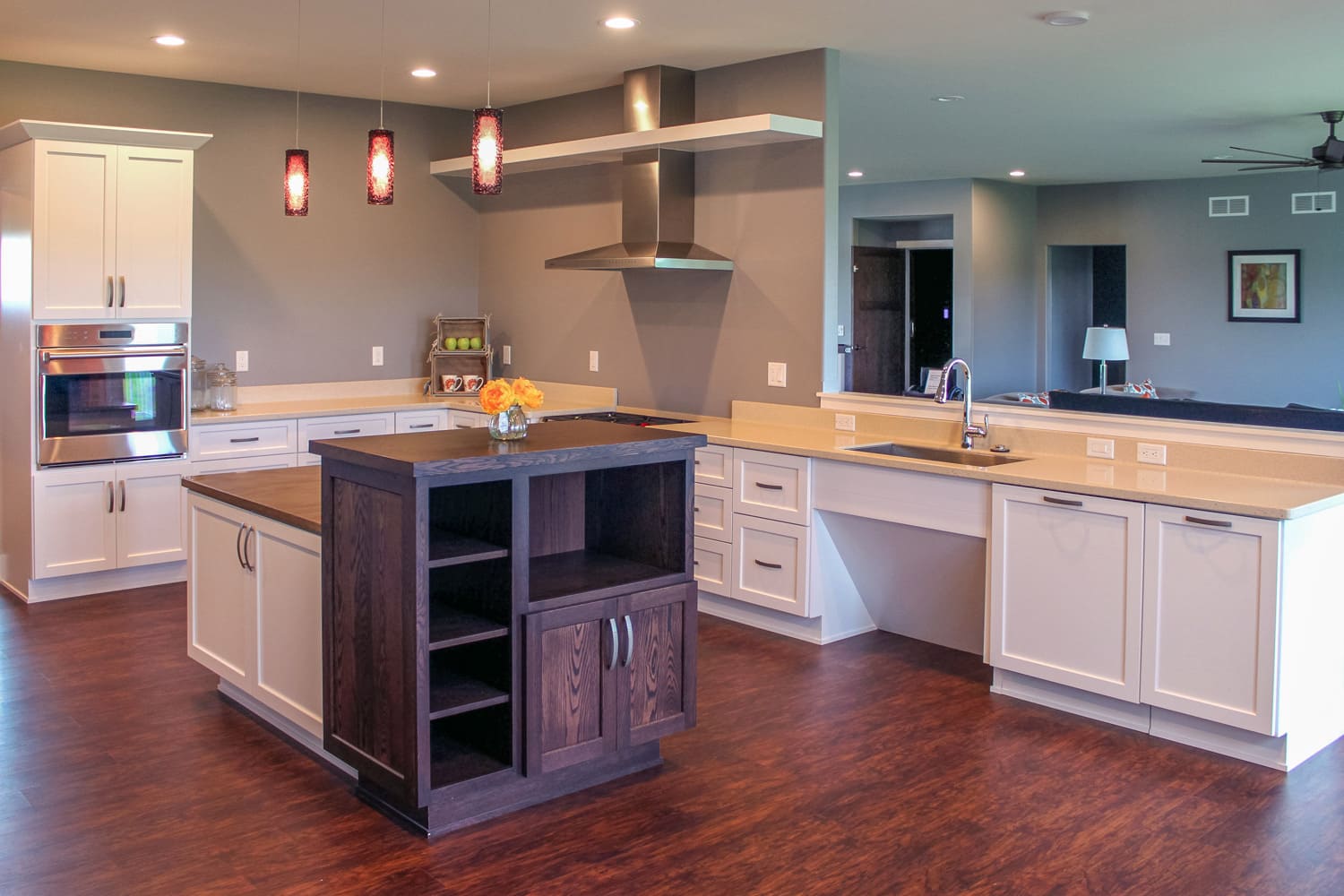Introduction
In the realm of kitchen design, one concept reigns supreme: universality. Universal kitchen design is not just a trend; it’s a philosophy that embraces inclusivity, functionality, and aesthetic appeal. At its core, it aims to create spaces that are accessible and enjoyable for everyone, regardless of age, ability, or mobility. In this comprehensive guide, we delve deep into the principles of universal kitchen design and explore how you can implement them to create a kitchen that truly stands the test of time.
Understanding Universal Kitchen Design
What is Universal Design?
Universal design, also known as inclusive design or barrier-free design, is a design approach that seeks to create products and environments that are usable by all people, to the greatest extent possible, without the need for adaptation or specialized design. In the context of kitchens, universal design principles focus on optimizing accessibility, safety, and convenience for users of all ages and abilities.
The Importance of Universal Kitchen Design
Incorporating universal design principles into your kitchen not only enhances accessibility for individuals with disabilities but also benefits a wide range of users, including seniors, children, and individuals with temporary injuries or limitations. By prioritizing inclusivity and functionality, you can future-proof your kitchen and ensure that it remains a welcoming space for everyone, regardless of their physical abilities or limitations.
Key Principles of Universal Kitchen Design
1. Accessible Layout and Clearances
A key aspect of universal kitchen design is ensuring that the layout and clearances within the space are accessible to individuals with mobility aids such as wheelchairs or walkers. This involves carefully planning the arrangement of cabinets, appliances, and work surfaces to provide ample maneuvering space and reach ranges for users of all abilities.
2. Adaptable and Adjustable Features
Another important principle of universal kitchen design is the incorporation of adaptable and adjustable features that can accommodate a variety of users and their changing needs over time. This may include height-adjustable countertops, pull-out shelves, and accessible storage solutions that can be easily customized to suit individual preferences and requirements.
3. Contrast and Visibility
Maximizing contrast and visibility within the kitchen is essential for individuals with visual impairments or low vision. This can be achieved through the use of contrasting colors, textures, and lighting to enhance visibility and distinguish between different elements within the space, such as countertops, cabinets, and appliances.
4. Safe and Slip-Resistant Surfaces
Creating a safe and secure environment is paramount in universal kitchen design. Incorporating slip-resistant flooring, rounded countertop edges, and well-lit pathways can help reduce the risk of accidents and injuries, particularly for individuals with mobility limitations or balance issues.
5. User-Friendly Appliances and Fixtures
Choosing user-friendly appliances and fixtures is crucial for ensuring ease of use and accessibility in the kitchen. Look for appliances with intuitive controls, ergonomic handles, and accessible features such as side-opening ovens and drawer-style dishwashers that eliminate the need for bending or reaching.
Implementing Universal Design in Your Kitchen
1. Evaluate Your Current Space
Begin by assessing your existing kitchen layout and identifying any barriers or challenges that may hinder accessibility or usability for certain individuals. Consider factors such as doorway widths, countertop heights, and clearance around appliances to pinpoint areas for improvement.
2. Prioritize Accessibility and Functionality
When redesigning your kitchen, prioritize accessibility and functionality above all else. Focus on creating a layout that maximizes usability and convenience for users of all abilities, ensuring that key features and appliances are easily reachable and operable without assistance.
3. Choose Inclusive Materials and Finishes
Selecting the right materials and finishes is essential for achieving both aesthetic appeal and practicality in a universal kitchen design. Opt for durable, easy-to-clean surfaces that offer high contrast and tactile feedback, such as matte finishes and textured materials, to enhance visibility and usability for all users.
4. Invest in Assistive Devices and Technology
Consider incorporating assistive devices and technology into your kitchen design to further enhance accessibility and convenience. This may include voice-activated appliances, motion-sensing faucets, and smart lighting systems that can be controlled remotely or via mobile devices, empowering users to interact with their environment more intuitively.
5. Consult with Design Professionals
Lastly, don’t hesitate to seek guidance from experienced design professionals who specialize in universal kitchen design. They can offer valuable insights and expertise to help you create a space that not only meets your aesthetic preferences but also addresses the unique needs and requirements of all users.
Conclusion
In conclusion, universal kitchen design is more than just a trend; it’s a commitment to creating inclusive, accessible, and functional spaces that accommodate users of all ages and abilities. By embracing the principles of universal design and implementing them in your kitchen, you can create a space that is truly welcoming and accommodating to everyone. From accessible layouts and adaptable features to user-friendly appliances and assistive technology, there are countless ways to enhance the accessibility and usability of your kitchen for all users. With careful planning, thoughtful design, and a commitment to inclusivity, you can create a kitchen that stands the test of time and serves as the heart of your home for years to come.





